The Brief History of Synthetic Grass
January 8, 2021
Although synthetic grass is moving further into the mainstream discourse, many are unaware of its history. Though the advanced development of synthetic turf occurred in later decades, the origins of artificial turf actually date back to the 1950s.
The 1950s
The Ford Foundation helped start the path towards the creation of artificial turf when they began conducting research on how to get younger individuals across the nation more involved in physical fitness. Then in the later stages of the 1950s, the Ford Foundation partnered with Chemstrand, a Monsanto Industries company, to work on a new synthetic carpet fiber. The carpet fiber was intended for helping create convenient playing surfaces in schools.
The 1960s
The synthetic carpet fibers from Chemstrand would eventually be termed “Chemgrass”. Chemgrass was starting to make its way into schools beginning with Rhode Island’s Moses Brown School in 1964. With the rise of Chemgrass in schools, those like Judge Roy Hofheinz considered its application in different settings. The Houston Astrodome, home to the Houston Oilers and Houston Astros, started to have Chemgrass installed at the stadium. The Chemgrass was then renamed “Astroturf” as part of a deal involving Monsanto and the Astrodome. It was the first time a major sports arena had used Astroturf to cover their athletic field.
The 1970s to 1980s
Many stadiums, schools, and communities began making the switch to artificial grass in the 1970s. Throughout this time, there were also some developments and improvements of the artificial turf. One of the major developments was a creation of a new chemical called polypropylene that would make a perfect synthetic material for the artificial turf. Evolving with the times, turf now began to look more natural which further increased its popularity and use. In the late 1970s and the 1980s, some residential areas begin to use synthetic turf for their homes.
The 1990s
The 1990s were a time of further development of turf. A replacement for polypropylene was found in polyethylene, which helped make artificial grass look and feel more natural. Another innovation, granular rubber, was invented in the mid-1990s and helped make turf grass softer than the previous creations.
The 2000s
Perhaps the biggest changes to artificial turf in the 2000s came with its uses in residential and commercial properties. Residential property owners have increasingly turned to artificial turf because of environmental and financial reasons. For commercial properties, businesses began using synthetic turf rolls for spaces like rooftops and outdoor patios.
You don’t have to know the history of synthetic grass to be aware that SGW Sacramento is the premier choice to meet the needs of Rocklin and Sacramento distributors, installers, and homeowners. Our synthetic turf looks and feels like real grass and is built to last which is why we offer a 15-year Synthetic Grass Warranty that guarantees your artificial turf against defective materials or workmanship. To find out more about what we can do for you, give us a call today at (916) 797-0682 to speak with one of our turf experts.







